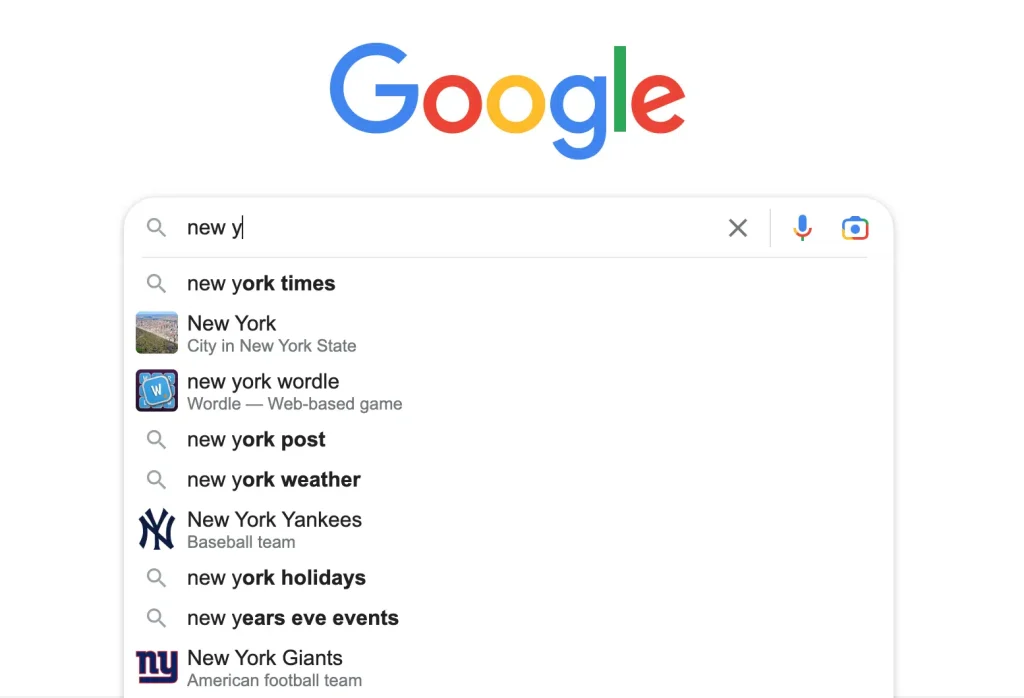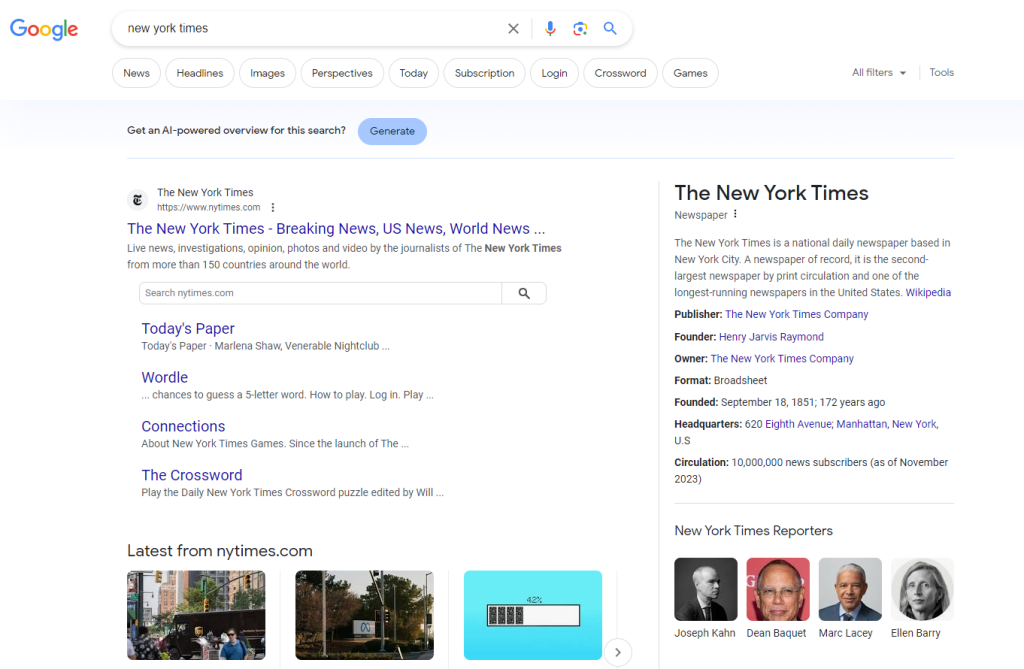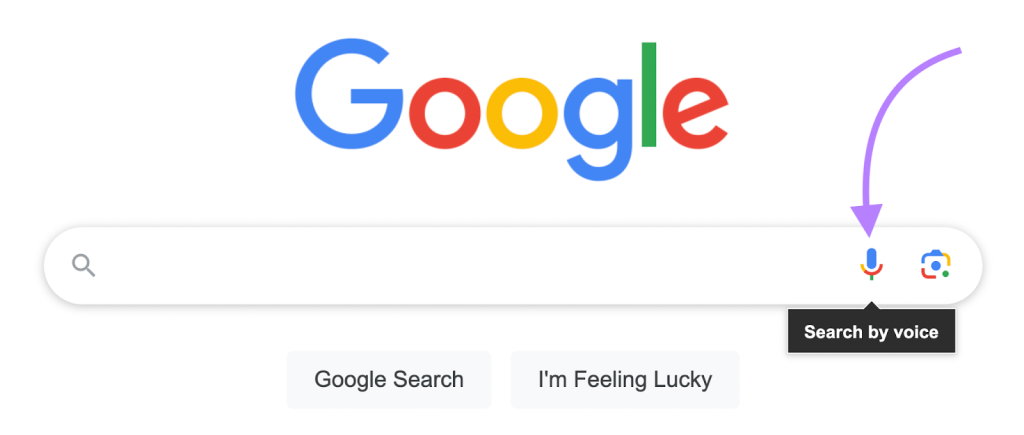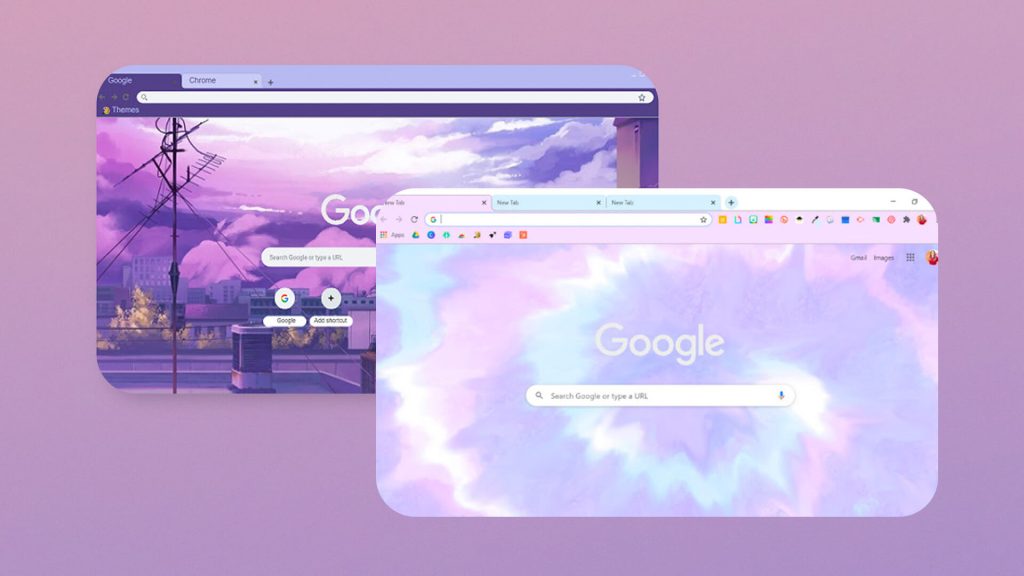The Google Search Engine is a sophisticated platform designed for searching and retrieving information across the internet. It provides quick, relevant results to user queries, offering features like predictive text, voice search, and image search, all within a user-friendly and minimalist interface. This tool has become essential for navigating the vast digital landscape of information.
Initial Interface:
The Google Search Engine’s interface, characterized by its minimalist design and a prominent search bar, is a testament to Norman’s principles of simplicity and directness. This design aligns with the concept of ‘affordances‘, as the search bar clearly indicates its purpose. However, it slightly falters in ‘signifiers‘. The ‘voice search’ option, represented by a microphone icon, is not immediately obvious to all users, potentially hindering discoverability.

Usability and User Guidance:
Google’s predictive text feature is a strong example of Norman’s ‘feedback‘ principle. As users type, the dynamically changing suggestions help in refining the search, providing a smooth and efficient experience. This aspect of the interface also helps in creating an accurate ‘system image‘. On the downside, the interface could better utilize ‘knowledge in the world‘ by making advanced search options more visible and accessible to users, which are currently somewhat hidden and underutilized.

Content Discovery:
The search results page showcases effective ‘natural mapping‘. The layout correlates with user expectations – top results are perceived as most relevant. However, the ‘mapping’ between ads and organic results can be ambiguous, leading to potential confusion. Enhanced signifiers, like more distinct labeling of ads, could improve clarity.
- Search Results Layout: The first few results often include knowledge panels or featured snippets, which are excellent examples of Norman’s ‘visibility‘ concept. These elements provide quick, visible information relevant to the search query. However, sometimes these panels can overshadow organic search results, causing a slight ‘gulf of evaluation’ where users might confuse them for the top search results.
- Filter Options: The tabs for different types of searches (All, News, Images, Videos) are good examples of ‘affordances‘, clearly indicating their function. However, the ‘Tools’ option for more specific filtering is not as prominently signified, which could be improved with a more distinct icon or label.

Interaction with Features:
Voice Search: The microphone icon for voice search is a subtle affordance. A potential improvement could be an animated signifier that appears when users first visit the page, demonstrating the voice search feature. This would reduce the ‘gulf of execution’ for new or less tech-savvy users.
Image Search: The drag-and-drop feature in image search is not immediately apparent. Adding a text prompt or icon indicating this functionality could bridge the ‘gulf of execution’. This would help users understand that they can drag an image into the search bar to initiate a search, aligning with Norman’s concept of clear signifiers.
Accessibility Features:
While Google’s search engine is lauded for its user-friendly design, its accessibility features for users with disabilities could be enhanced. This aligns with Norman’s principle of ‘universal design’. The interface could better cater to users with visual impairments by improving screen reader compatibility and offering more prominent options for text size adjustment. Such enhancements would not only make the interface more inclusive but also demonstrate a commitment to ‘user-centered design‘, ensuring that the platform is equally intuitive and functional for all users.
Conclusion:
The Google Search Engine is a paragon of user-centered design, adhering to many of Norman’s principles, notably in its intuitive layout and immediate feedback mechanisms. Nevertheless, improvements in signifier clarity and feature discoverability could bridge the gap between user expectations and system capabilities, enhancing overall user experience.
